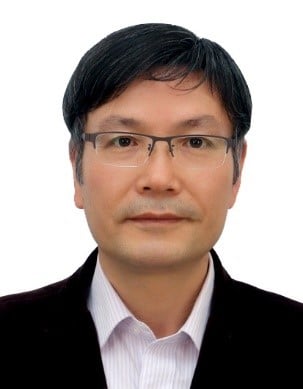Novel Adsorbents and Adsorption Methods for Pollutants Removal
A special issue of Toxics (ISSN 2305-6304). This special issue belongs to the section "Toxicity Reduction and Environmental Remediation".
Deadline for manuscript submissions: closed (31 December 2022) | Viewed by 33749
Special Issue Editors
2. School of Nuclear Science and Engineering, Shanghai Jiao Tong University, Shanghai, China
Interests: adsorption materials development; radionuclides separation; heavy metals removal; radioactive wastes management; wastewater treatment; radiochemistry; electrochemistry
Special Issues, Collections and Topics in MDPI journals
Interests: porous materials; zeolites; inorganic materials; adsorption; separation science and technology; radiochemistry; waste treatment and disposal
Special Issues, Collections and Topics in MDPI journals
Interests: adsorption materials; porous materials; radionuclides separation; separation science and technology; waste treatment and disposal
Special Issues, Collections and Topics in MDPI journals
Special Issue Information
Dear Colleagues,
With the rapid increase of global population and economy over the past few decades, diverse pollutants such as heavy metals, radionuclides and organic/inorganic/biological toxicants originating from various industries and human activities have been resulting in a serious threat to human health and the environment. As a main technology of pollutants removal from wastewater, contaminated liquid and soil, the adsorption method has attracted the wide attention of researchers. In recent years, many novel adsorption materials such as highly porous adsorbents, multifunctional hybrid materials, biomass sorbents, nano-structural materials and COF/MOF materials were developed and applied to toxic pollutants elimination. Undoubtedly, these new adsorbents and adsorption methods will play an important role in pollutants removal and environment remediation.
This Special Issue will focus on timely highlighting the latest advances in studies on novel adsorbents and adsorption methods for pollutants removal. Topics may include, but are not limited to, synthesis and characterization of novel adsorption materials; mechanism, thermodynamic and kinetic approaches of adsorption; separation, concentration and removal of pollutants including heavy metals, radionuclides and various toxicants; application study of adsorption method to pollutants removal process. Authors are invited and welcome to submit original research papers, reviews, and short communications.
Prof. Dr. Yuezhou Wei
Dr. Yan Wu
Dr. Xinpeng Wang
Guest Editors
Manuscript Submission Information
Manuscripts should be submitted online at www.mdpi.com by registering and logging in to this website. Once you are registered, click here to go to the submission form. Manuscripts can be submitted until the deadline. All submissions that pass pre-check are peer-reviewed. Accepted papers will be published continuously in the journal (as soon as accepted) and will be listed together on the special issue website. Research articles, review articles as well as short communications are invited. For planned papers, a title and short abstract (about 100 words) can be sent to the Editorial Office for announcement on this website.
Submitted manuscripts should not have been published previously, nor be under consideration for publication elsewhere (except conference proceedings papers). All manuscripts are thoroughly refereed through a single-blind peer-review process. A guide for authors and other relevant information for submission of manuscripts is available on the Instructions for Authors page. Toxics is an international peer-reviewed open access monthly journal published by MDPI.
Please visit the Instructions for Authors page before submitting a manuscript. The Article Processing Charge (APC) for publication in this open access journal is 2600 CHF (Swiss Francs). Submitted papers should be well formatted and use good English. Authors may use MDPI's English editing service prior to publication or during author revisions.
Keywords
- adsorbents
- adsorption methods
- pollutants removal
- heavy metals
- radionuclides
- environmental toxicants
- adsorption mechanism
- decontamination








